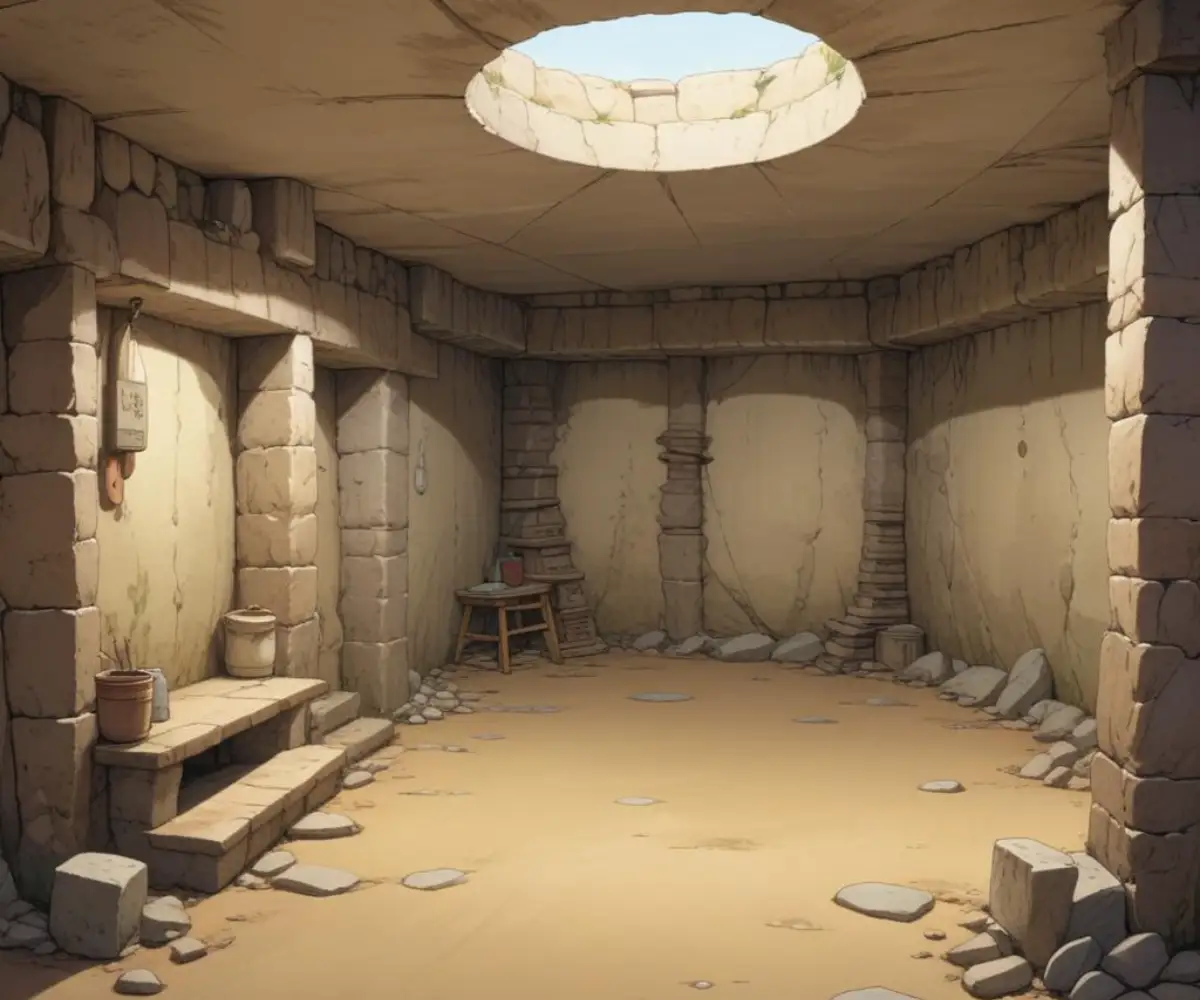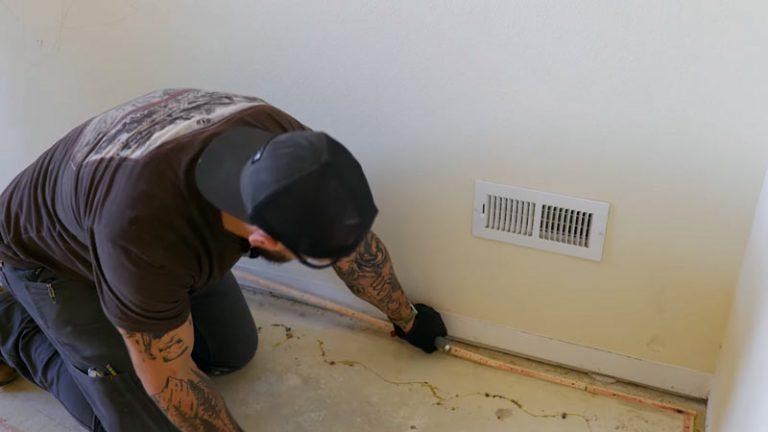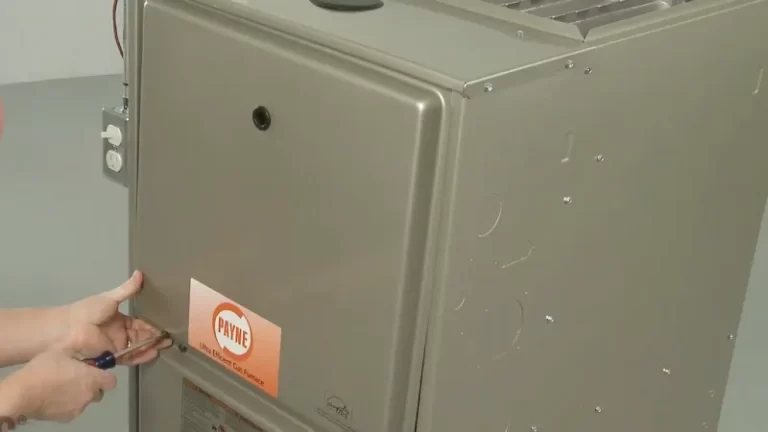Should You Buy a House with a Dirt Basement? Risks & Cost
You’ve found the perfect house. It has the charm, the right number of bedrooms, and a great backyard—but then you open the door to the basement and see bare earth. A dirt basement can be a deal-breaker for many, but does it have to be?
Falling for a home with a dirt basement puts you at a crossroads. Is this an expensive, unsolvable nightmare waiting to happen, or is it a diamond in the rough with untapped potential? Before you make a final decision, it’s critical to understand exactly what you’re getting into.
You'll Learn About
What Exactly Is a Dirt Basement?
A dirt basement, sometimes called a dirt floor crawl space, is precisely what it sounds like: a space beneath the main floor of a house with an exposed earth floor instead of concrete. These are common in older homes, particularly those built before modern building codes made concrete slabs standard practice.
While they were once considered sufficient for housing furnaces and water heaters, they are now recognized as a significant source of household problems. The exposed soil is a direct connection between your home and the ground, opening the door to a host of issues that can affect your entire living space.

The Red Flags: 5 Big Problems with Dirt Basements
An unfinished, dirt-floor basement is more than just an aesthetic issue. It can be a source of serious problems that impact your health, your home’s structural integrity, and your energy bills. Understanding these risks is the first step toward making an informed decision.
1. Uncontrolled Moisture and Humidity
Soil is a natural reservoir of moisture. Through simple evaporation, that water vapor rises from the dirt floor and gets trapped in your basement, creating a perpetually damp and humid environment. This persistent moisture is the root cause of many other basement-related problems.
High humidity levels can lead to condensation on pipes, windows, and foundation walls. Over time, this can cause wood rot, damage to stored belongings, and even compromise the structural elements of your house.
2. Mold, Mildew, and Musty Odors
Where there is moisture, mold and mildew are sure to follow. The damp, dark environment of a dirt basement is an ideal breeding ground for these fungi, which can grow on wooden floor joists, foundation walls, and anything else you store down there. The result is that classic musty basement smell that permeates the entire house.
Mold spores are a known health hazard, triggering allergies, asthma, and other respiratory problems. A clean and dry basement is essential for healthy indoor air quality, a goal that is nearly impossible to achieve with an exposed earth floor. For a truly fresh space, you’ll need a strategy to get your basement apartment clean and free of these odors.
3. Unwanted Pests and Critters
A dirt floor is an open invitation for pests. Insects like termites, ants, cockroaches, and spiders are naturally drawn to the moist soil. Rodents and other small animals can also easily burrow their way into your basement, creating a pest control nightmare.
These critters aren’t just a nuisance; they can cause real damage. Termites can destroy the wooden structure of your home, while rodents can chew through wiring and insulation. Eliminating pests starts with sealing off their entry point—the dirt floor itself.
4. The Radon Gas Risk
Radon is a colorless, odorless radioactive gas that is the second leading cause of lung cancer. It is naturally released from the breakdown of uranium in soil and rock and can seep directly into a home through a dirt basement floor. Since basements are enclosed spaces, this dangerous gas can accumulate to hazardous levels.
The EPA recommends that all homes be tested for radon, but it’s especially critical for houses with dirt basements or crawl spaces. The only way to know if you have a problem is to test for it, and if high levels are found, a mitigation system is necessary to protect your family’s health.
5. Poor Energy Efficiency and Air Quality
The air in your basement doesn’t stay in your basement. Due to a phenomenon called the “stack effect,” air naturally flows from the lower levels of your home up to the living spaces. This means that the damp, cold, and moldy air from your dirt basement is constantly circulating throughout your house.
This directly impacts your home’s energy efficiency, as your HVAC system has to work harder to heat or cool the damp air. It also means dust, allergens, and mold spores are distributed everywhere. If you’re constantly struggling with basement dust, the dirt floor is the likely culprit, and you’ll need a solid plan for how to get dust out of the basement for good.
Your Action Plan: How to Fix a Dirt Basement for Good
While the problems are serious, a dirt basement doesn’t have to be a deal-breaker. With the right approach, you can transform that damp, earthy space into a clean, dry, and usable part of your home. The solution you choose will depend on your budget and long-term goals.
Short-Term Fix: The Vapor Barrier
The most basic and affordable first step is to lay down a heavy-duty vapor barrier. This involves covering the entire dirt floor with thick, puncture-resistant plastic sheeting (typically 6-20 mil), overlapping the seams, and sealing them with special tape. The barrier is also run a short way up the foundation walls.
A vapor barrier won’t make the space perfectly dry, but it will significantly reduce the amount of moisture evaporating from the soil into the basement air. This can help control humidity and reduce musty odors as a temporary or budget-conscious measure.
The Gold Standard: Encapsulation
Crawl space or basement encapsulation is a comprehensive solution that completely seals the basement off from the earth. The process builds on the vapor barrier concept by using a thicker, more durable liner that covers the floor and extends all the way up the foundation walls, where it’s mechanically fastened and sealed.
Vents are sealed, and a dehumidifier is often installed to control any remaining ambient moisture. Encapsulation creates a truly clean and dry environment, making the basement suitable for storage and dramatically improving the overall air quality of the home.
The Ultimate Upgrade: Pouring a Concrete Slab
For the most permanent and durable solution, nothing beats pouring a concrete floor. This is the most expensive option but provides a solid, long-lasting surface that completely eliminates contact with the dirt. The process involves leveling the ground, laying a vapor barrier, often adding a layer of gravel for drainage, and then pouring a 4-inch concrete slab.
A concrete floor turns the basement into a truly usable space, ready for finishing as a workshop, laundry room, or even extra living area. It offers the best protection against moisture, pests, and radon gas.
| Solution | Average Cost (per sq. ft.) | Key Benefits | Best For |
|---|---|---|---|
| Vapor Barrier (DIY) | $0.50 – $1.00 | Low cost, immediate moisture reduction. | Budget-conscious homeowners or as a temporary fix. |
| Full Encapsulation | $3.00 – $7.00 | Excellent moisture and vapor control, improves air quality. | Homeowners wanting a dry storage area and better health. |
| Concrete Slab | $5.00 – $10.00+ | Permanent, durable, ready for finishing, maximum protection. | Those planning to finish the basement or seeking a long-term fix. |
The Home Inspection Checklist for a Dirt Basement
If you’re seriously considering buying a house with a dirt basement, a thorough inspection is non-negotiable. Go into it with your eyes wide open and hire a professional home inspector who has experience with older homes and foundation issues. Make sure they pay close attention to the following:
- Signs of Water Intrusion: Look for water stains on foundation walls, efflorescence (a white, chalky powder), or evidence of past flooding.
- Foundation Wall Condition: Check for significant cracks (especially horizontal or stair-step), bowing, or crumbling in the stone or block walls.
- Wood Structure Health: Inspect the floor joists and support beams directly above the dirt floor for any signs of mold, mildew, or wood rot.
- Pest Activity: Look for evidence of termites, rodents, or other pests, such as droppings, nests, or damaged wood.
- Radon Testing: Always make your offer contingent on a satisfactory radon test. This is a simple and inexpensive test that can save you from a major health risk.
- Headroom and Access: Consider the current ceiling height. Pouring a 4-inch concrete slab will reduce your headroom, which could be a factor if you plan to finish the space.
The presence of dirt coming in under the baseboard on the main floor can also be a telltale sign of moisture and air quality issues originating from the basement below.
The Final Verdict: Should You Buy the House?
A dirt basement is a significant issue, but it is a solvable one. The decision to buy the house ultimately comes down to a cost-benefit analysis. Can you get the house at a price that leaves you with enough budget to properly address the basement?
If the home is otherwise perfect and you’re prepared for the project, a dirt basement can be a strategic way to get into a great house for a lower initial price. By investing in a permanent solution like encapsulation or a concrete floor, you can eliminate the associated problems, improve your family’s health, and add significant value to your new home.


